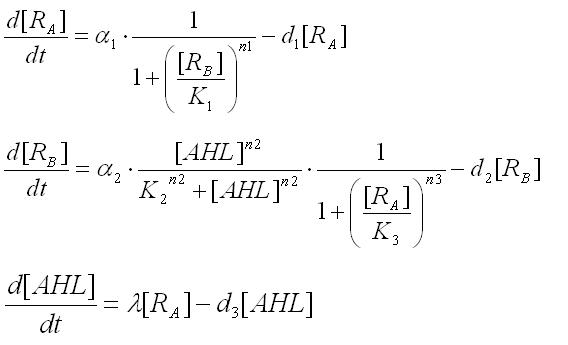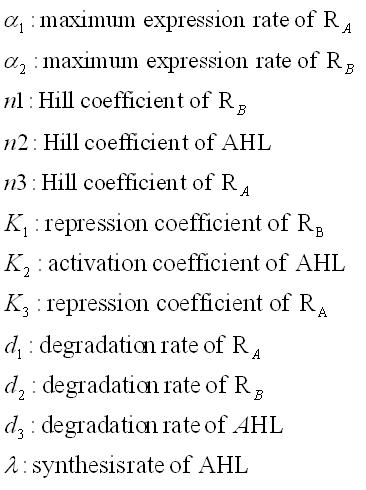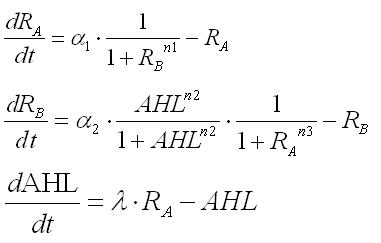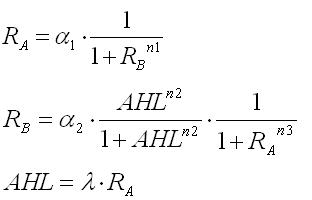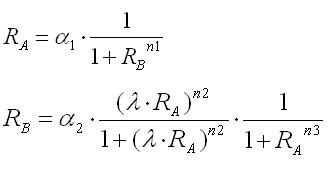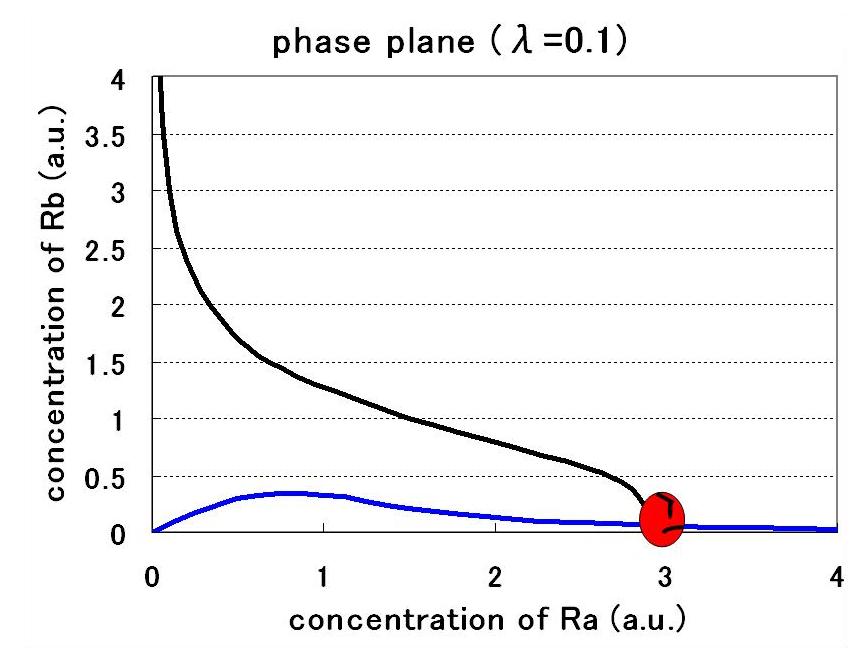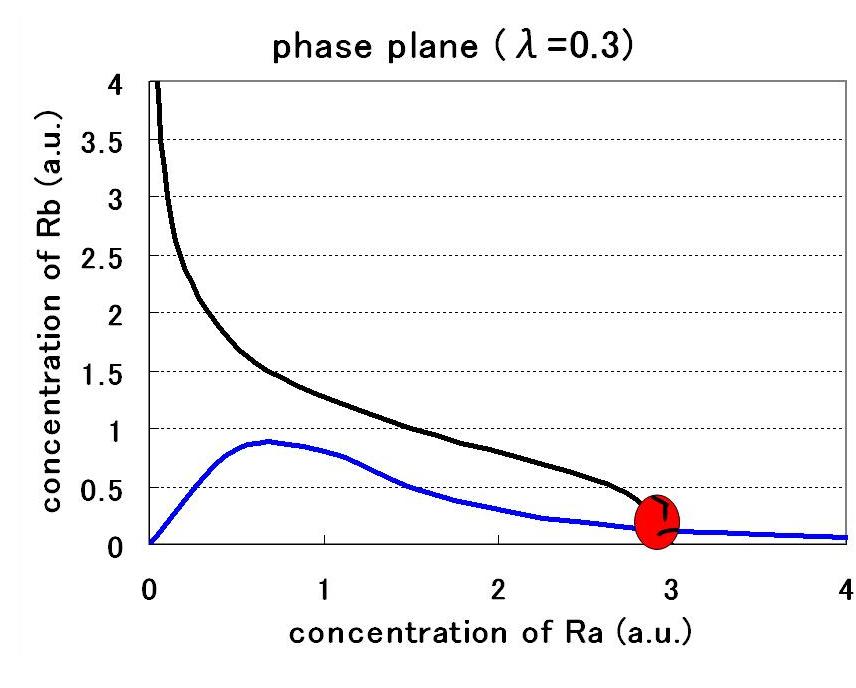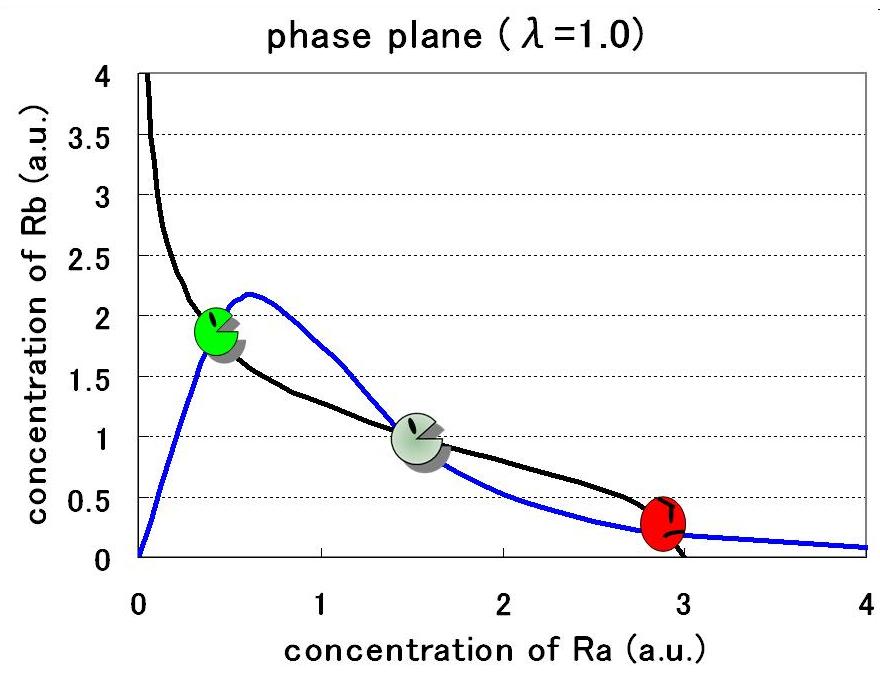Tokyo/Formulation/3.AHL-experssing model
From 2007.igem.org
(Difference between revisions)
| Line 1: | Line 1: | ||
__NOTOC__ | __NOTOC__ | ||
| - | <br>[[Tokyo/Works|Works top]] 0.[[Tokyo/Works/Hybrid promoter|Hybrid promoter]] | + | <br>[[Tokyo/Works|Works top]] 0.[[Tokyo/Works/Hybrid promoter|Hybrid promoter]] '''1.[[Tokyo/Works/Formulation |Formulation]]''' 2.[[Tokyo/Works/Assay |Assay1]] 3.[[Tokyo/Works/Simulation |Simulation]] 4.[[Tokyo/Works/Assay2 |Assay2]] 5.[[Tokyo/Works/Future works |Future works]] |
| - | <br><br> | + | <br><br>[[Tokyo/Formulation/1.toggle model |Step1]] [[Tokyo/Formulation/2.toggle model with hybrid promoter |Step2]] [[Tokyo/Formulation/3.AHL-experssing model|Step3]] [[Tokyo/Formulation/4.population model|Step4]] [[Tokyo/Formulation/5.stochastic differential equation model with poisson random variables|Step5]] |
<br> | <br> | ||
Revision as of 06:55, 25 October 2007
Works top 0.Hybrid promoter 1.Formulation 2.Assay1 3.Simulation 4.Assay2 5.Future works
Step1 Step2 Step3 Step4 Step5
The differential equaitons of the system considering AHL produced by E.coli themselves were given as
These equations were normalized as follows:
In the steady state,time derivatives are zero.As a result,the nullclines of this system were derived as
By substituting the third equation into the second,the nullclines for Ra and Rb were obtained as
Therefore, the phase plane of this system can be plotted as Fig● and the number of equilibrium points were decided by the value of the parameters:
Step.3 >> Step.4
